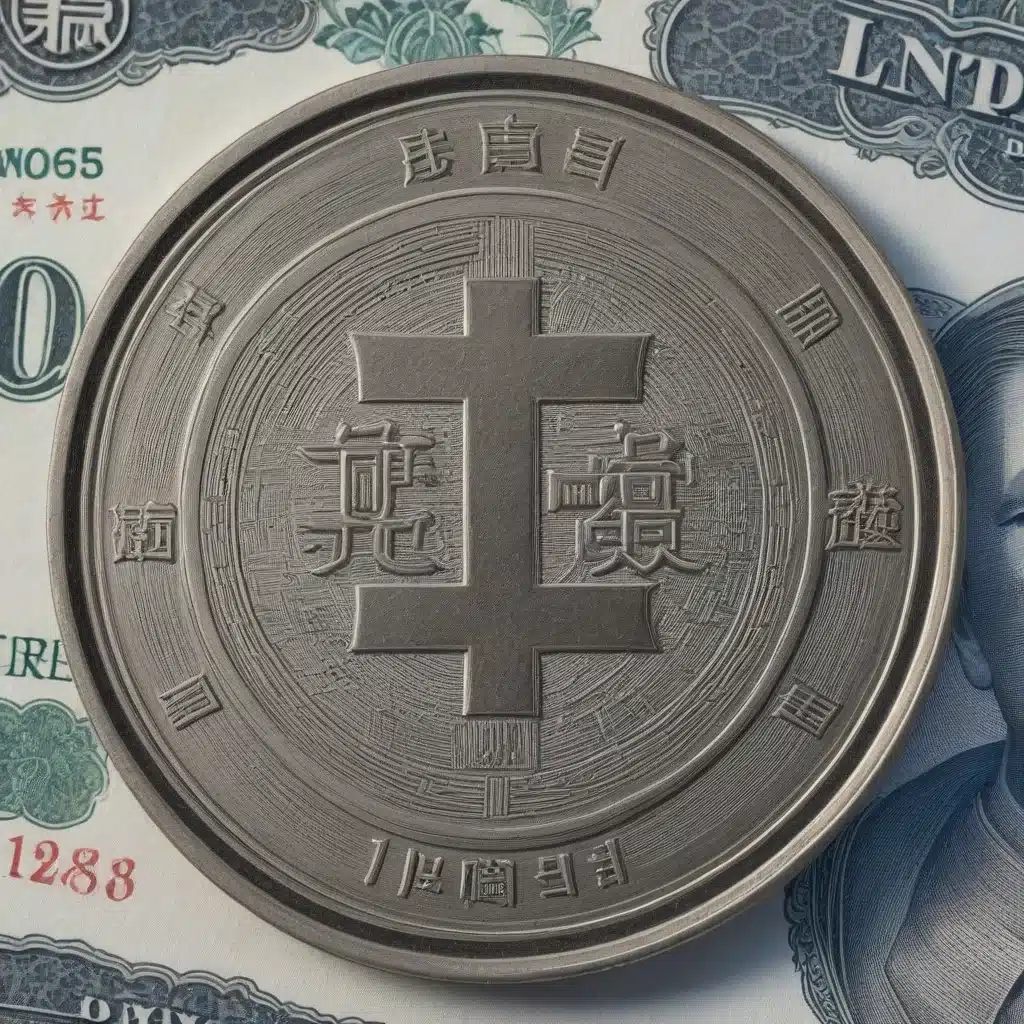Table of Contents
The world of finance is undergoing a monumental transformation with the advent of digital currencies, and at the forefront of this revolution is China’s Digital Yuan. This article delves deep into the Digital Yuan, exploring its origins, technical aspects, implications, and challenges as it disrupts the traditional currency landscape. To be a hero in Digital Yuan investing, gain investment education! Get started at https://yuan-international.io/ and connect with an expert now!
The Birth of the Digital Yuan
Historical context of China’s digital currency development
China’s journey into digital currency began over a decade ago, driven by the need to modernize its financial system and reduce the reliance on physical cash. The People’s Bank of China (PBOC) initiated research and development efforts in response to the rise of cryptocurrencies like Bitcoin.
Motivations for creating the Digital Yuan
China aims to bolster financial inclusion, enhance transaction efficiency, combat money laundering, and establish more control over its monetary policy. The Digital Yuan serves as a tool to achieve these goals.
Key players and institutions involved in its development
The PBOC leads the development of the Digital Yuan, collaborating with major Chinese banks and technology companies. Key figures like Fan Yifei, the PBOC’s Deputy Governor, have played pivotal roles in its creation.
Technical Underpinnings of the Digital Yuan
Blockchain technology and its role in the Digital Yuan
Unlike Bitcoin, the Digital Yuan doesn’t rely entirely on a decentralized blockchain. Instead, it employs a centralized blockchain architecture that offers greater control to the Chinese government.
Comparison with other cryptocurrencies (e.g., Bitcoin)
The Digital Yuan is distinguishable from cryptocurrencies like Bitcoin due to its centralization, controlled issuance, and legal tender status within China. It operates within a permissioned network.
Privacy and security considerations
The Digital Yuan raises concerns about user privacy and surveillance. Transactions can be traced, and the Chinese government can access transaction data. Striking a balance between privacy and security is a key challenge.
How the Digital Yuan Works
Issuance and distribution mechanisms
The Digital Yuan is issued by the PBOC and distributed through commercial banks and authorized operators. It is acquired by exchanging physical cash or transferring funds from a bank account to a Digital Yuan wallet.
Wallet options for users
Users can store their Digital Yuan in official wallets provided by commercial banks or third-party payment platforms. These wallets allow for transactions, payments, and balance inquiries.
Transaction processes and speed
Transactions with the Digital Yuan are processed in real-time, making it a swift and efficient means of payment. The system can handle high volumes of transactions simultaneously, reducing latency.
Digital Yuan’s Impact on Traditional Banking
The shift from physical cash to digital currency
The Digital Yuan is set to accelerate the shift away from physical cash, potentially reducing the need for banknotes and coins, which could reshape the role of traditional banks.
Effects on commercial banks and financial institutions
Traditional banks may face increased competition as the Digital Yuan offers alternative means for individuals and businesses to store and transfer value. Adaptation and innovation will be crucial for survival.
Implications for monetary policy and control
The PBOC gains unprecedented visibility into financial transactions, enabling more precise monetary policy adjustments and better management of economic stability.
International Ramifications
The Digital Yuan’s role in international trade and finance
China envisions the Digital Yuan becoming a global currency, simplifying cross-border transactions and potentially challenging the supremacy of the U.S. dollar in international trade.
China’s ambitions for the Digital Yuan’s global adoption
Through initiatives like the Belt and Road Initiative (BRI), China is actively promoting the use of the Digital Yuan in partner countries, seeking to expand its influence in the global financial system.
Concerns and reactions from other countries and central banks
Many countries are closely monitoring China’s digital currency experiment, with concerns about its implications for financial sovereignty and international economic dynamics.
Challenges and Controversies
Potential risks associated with the Digital Yuan
Cybersecurity threats, fraud, and the risk of a digital currency crisis pose significant challenges to the Digital Yuan’s stability and acceptance.
Regulatory and legal challenges
As the Digital Yuan evolves, China must navigate international regulatory frameworks and address concerns regarding money laundering, financial stability, and data privacy.
Public perceptions and adoption hurdles
Winning public trust and widespread adoption of the Digital Yuan will require addressing concerns about privacy, security, and control.
The Future of Digital Currencies
Predictions for the evolution of digital currencies
The Digital Yuan is a testament to the potential of digital currencies to reshape finance. Its trajectory will likely influence the development of digital currencies worldwide.
Implications for the global financial system
The rise of digital currencies, including the Digital Yuan, will have far-reaching implications for the global financial order, prompting countries to adapt and innovate.
Opportunities and challenges for individuals and businesses
As the digital currency landscape evolves, individuals and businesses must adapt to new financial tools, opportunities, and risks.
Conclusion
In a rapidly changing world of finance, the Digital Yuan stands as a symbol of China’s ambition to lead the way in the digital currency domain. Its technical intricacies, economic implications, and global aspirations make it a subject of intense interest and debate. As the digital currency landscape continues to evolve, understanding the Digital Yuan is essential for anyone navigating this new currency terrain.


